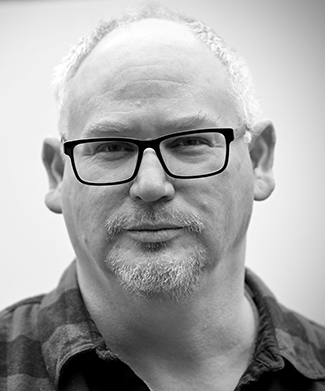Vancouver was designated a City of Reconciliation when the Reconciliation Framework PDF file (150 KB) was adopted by Council on July 8, 2014.
Vancouver’s Reconciliation efforts to date are based on our commitment to working towards Reconciliation with xwməθkwəy̓əm (Musqueam Indian Band), Sḵwx̱wú7mesh (Squamish Nation), səlilwətaɬ (Tsleil-Waututh Nation), and urban Indigenous communities.
Our Reconciliation goals are grounded in right relations with Musqueam, Squamish, and Tsleil-Waututh, and respect for the priorities of urban Indigenous community members.
10 years as a City of Reconciliation
In June 2024, we commemorated 10 years as a City of Reconciliation. To recognize this milestone, we commissioned a logo from Squamish Nation artist, Tawx'sin Yexwulla Aaron Nelson Moody (Splash).

Inspired by Coast Salish designs, this face-and-trigon logo represents the spirit of Musqueam, Squamish, Tsleil-Waututh, and all Vancouverites, symbolizing protection and identity. It features black and deep red colors, which signify strength and nurture respectively.
Our journey towards Reconciliation
Despite the progress made to date, we know we have much more work to do, and we recognize that Reconciliation is an ongoing process, not a destination.
Recent Reconciliation initiatives
- June 25, 2024: UNDRIP Action Plan approved by Council. Implementation of the 5-year action plan begins afterwards.
- January 24, 2024: City Council approved the ʔəy̓alməxw/Iy̓álmexw/Jericho Lands Policy Statement
- June 27, 2023: WA IY̓ÍM TA SḴWX̱WÚ7MESH PROTOCOL PDF file (292 KB) provides guidance on how the Sḵwx̱wú7mesh and the City will engage in advancing reconciliation.
- October 25, 2022: Council approves groundbreaking UNDRIP strategy for Vancouver
- May 25, 2022: Sen̓áḵw Services Agreement signed Squamish Nation to provide municipal services that are needed to support the Sen̓áḵw Development
About the City of Reconciliation logo
Artist's statement
Tawx'sin Yexwulla Aaron Nelson Moody (Splash) shares:
"The face-and-trigon logo is based on a composition usually seen on a Coast Salish sch’etxw, which are the upright posts that hold up the roof of our houses. The carvings on these houseposts are depictions of the stories and values which hold up our homes."
Symbolism of the face
"Using a face here is a way to depict the spirit of the houseposts, or the spirit of our home; it is also a way to reflect the face of the people who live here, Musqueam, Squamish, Tsleil-Waututh, and Vancouverites alike."
Significance of the trigon
"The trigon seen below the face represents the hemline of our Coast Salish blankets, which are our protection and our identity."
Colours of the logo
"The colours were explained to me this way: we paint our canoes black on the outside as that paint represents the strength to face the waves and sometimes rough waters of the sea; the inside of our canoes are painted the deep red of the nurturing, and the balance of both of these colours on our canoes are needed to sustain us on our long journey."

Reports
- City of Reconciliation update 2021 PDF file (528 KB)
- City of Reconciliation update 2020 PDF file (440 KB)
- City of Reconciliation update 2019 PDF file (694 KB)
- City of Reconciliation staff report 2017 PDF file (340 KB)
- City of Reconciliation staff report 2016 PDF file (143 KB)
- Truth and Reconciliation Calls to Action 2016 PDF file (204 KB)
